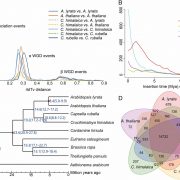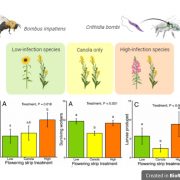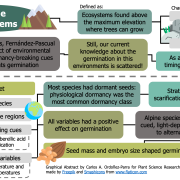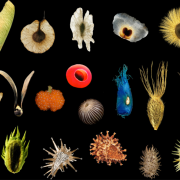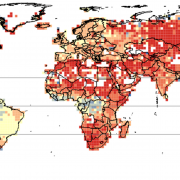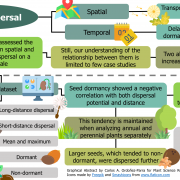Review: Alternate grassy ecosystem states are determined by palatability-flammability trade-offs ($) (Trends Ecol Evol)
 Grassy ecosystems tend towards two stable states. One, the grazing-lawn state, is dominated by shoter grasses that thrive when grazed by herbivores, and the other, the fire-grass state, is dominated by taller grasses thrive when periodically controlled by burning. The flux between fire-grass and grazing-lawn ecosystems can be attributed to the positive feedbacks promoted by the respective environmentally-adaptive traits of the inhabitant grasses. Since grazing-lawn grasses grow low to the ground, grazing is necessary to provide adequate light. These grasses promote grazing by offering ample nutritious and easy-to-forage leaf material, which in turn allows stems and roots to remain unharmed and continue to proliferate. Fire-grasses are sturdy and resist decomposition, resulting in a buildup of dead biomass that shades competitors and provides fuel for fires. Fire-grasses are well protected from fires and are quick to reestablish and proliferate after a burn, unlike their competitors. Although the underlying systems are different, the dynamics of the fire-grass vs. grazing-lawn and forest vs. savanna alternate stable states both display the impact initial conditions and lag effects have on ecological succession. A precise description of the cycle between these ecosystem states is yet unknown, however the importance of grasses and their varied traits is apparent. (Summary by Rebecca Hayes) Trends Ecol. Evol. 10.1016/j.tree.2019.01.007
Grassy ecosystems tend towards two stable states. One, the grazing-lawn state, is dominated by shoter grasses that thrive when grazed by herbivores, and the other, the fire-grass state, is dominated by taller grasses thrive when periodically controlled by burning. The flux between fire-grass and grazing-lawn ecosystems can be attributed to the positive feedbacks promoted by the respective environmentally-adaptive traits of the inhabitant grasses. Since grazing-lawn grasses grow low to the ground, grazing is necessary to provide adequate light. These grasses promote grazing by offering ample nutritious and easy-to-forage leaf material, which in turn allows stems and roots to remain unharmed and continue to proliferate. Fire-grasses are sturdy and resist decomposition, resulting in a buildup of dead biomass that shades competitors and provides fuel for fires. Fire-grasses are well protected from fires and are quick to reestablish and proliferate after a burn, unlike their competitors. Although the underlying systems are different, the dynamics of the fire-grass vs. grazing-lawn and forest vs. savanna alternate stable states both display the impact initial conditions and lag effects have on ecological succession. A precise description of the cycle between these ecosystem states is yet unknown, however the importance of grasses and their varied traits is apparent. (Summary by Rebecca Hayes) Trends Ecol. Evol. 10.1016/j.tree.2019.01.007


